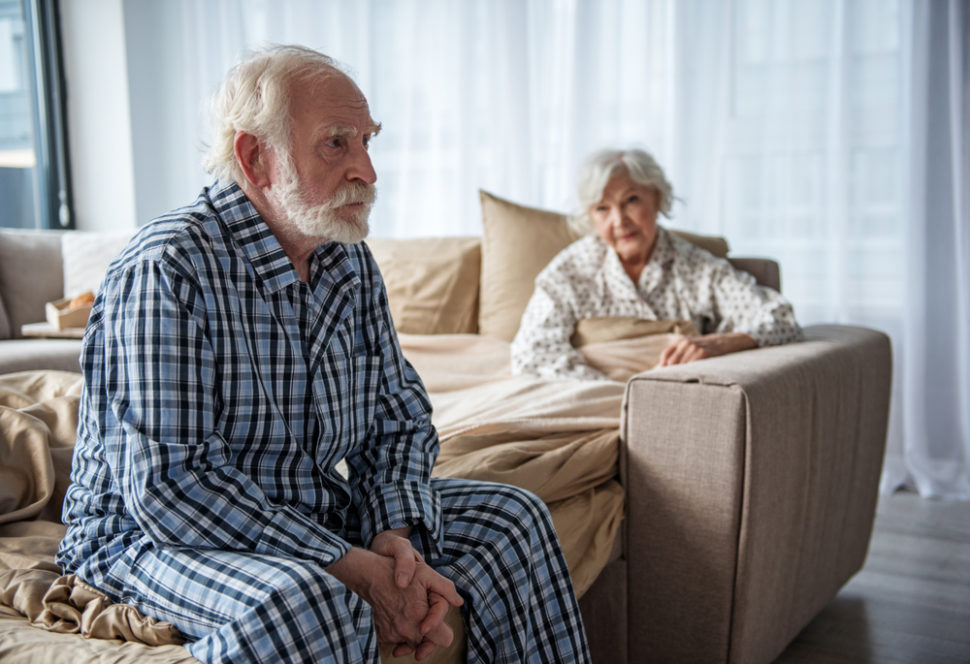A team of materials scientists from the University of Massachusetts Amherst has developed a physiological-sensing fabric that they used to create “Phyjama,” a garment that can monitor a person’s vital statistics while sleeping.
The researchers unveiled their creation at the UBICOMP 2019 conference in London last week and published a paper detailing their work in the journal Proceedings of the ACM on Interactive, Mobile, Wearable and Ubiquitous Technologies (IMWUT).
The team envisions that in the future, people would wear electronic garments equipped with “unobtrusive, portable devices” that could monitor heart rate and respiratory rhythm while they’re sleeping.
In a press release, University of Massachusetts professor and materials chemist Trisha L. Andrew said:
“The challenge we faced was how to obtain useful signals without changing the aesthetics or feel of the textile. Generally, people assume that smart textiles refer to tightly worn clothing that has various sensors embedded in it for measuring physiological and physical signals, but this is clearly not a solution for everyday clothing and, in particular, sleepwear.”
Using Physiological-Sensing Fabric to Create Phyjama
Equipping garments, particularly sleepwear, with health-monitoring sensors prove to be a challenging task for the researchers. Most sleep garments are designed to be worn loosely, a problem for sensors that should be pressed to the body to detect and read vital stats.
But, this issue didn’t stop the UM researchers from creating Phyjama. Computer scientist Deepak Ganesan explained:
“Our insight was that even though sleepwear is worn loosely, there are several parts of such a textile that are pressed against the body due to our posture and contact with external surfaces. This includes pressure exerted by the torso against a chair or bed, pressure when the arm rests on the side of the body while sleeping, and light pressure from a blanket over the sleepwear.”
According to Ganesan, the pressure regions of their physiological-sensing fabric are situated in locations where it can potentially measure the ballistic movements generated by a person’s breathing and heartbeat.
However, while they can extract physiological measurements from these body locations, the signals collected were unreliable, specifically on loose garments. As a solution, the team designed a fabric-based pressure sensor and combined it with a triboelectric sensor to develop a “distributed sensor suite that could be integrated into loose-fitting clothing like pajamas.”
The researchers noted that the strategy enabled them to detect physiological signals of people wearing the garments regardless of their postures. In their experiments, both in controlled and natural settings, the team was able to collect heartbeat peaks and breathing rate with high accuracy.
“We expect that these advances can be particularly useful for monitoring elderly patients, many of whom suffer from sleep disorders,” Andrew added.
“Current generation wearables, like smartwatches, are not ideal for this population since elderly individuals often forget to consistently wear or are resistant to wearing additional devices, while sleepwear is already a normal part of their daily life. More than that, your watch can’t tell you which position you sleep in and whether your sleep posture is affecting your sleep quality; our Phyjama can.”



















I was extremely short of breath and constantly tired due to my Emphysema, I was introduced to VineHealth Center and their COPD Herbal Protocol. I started on the COPD Treatment last year, my symptoms gradually diminished including my shortness of breath, wheezing and fatigue. Reach the m at vinehealthcenter. com